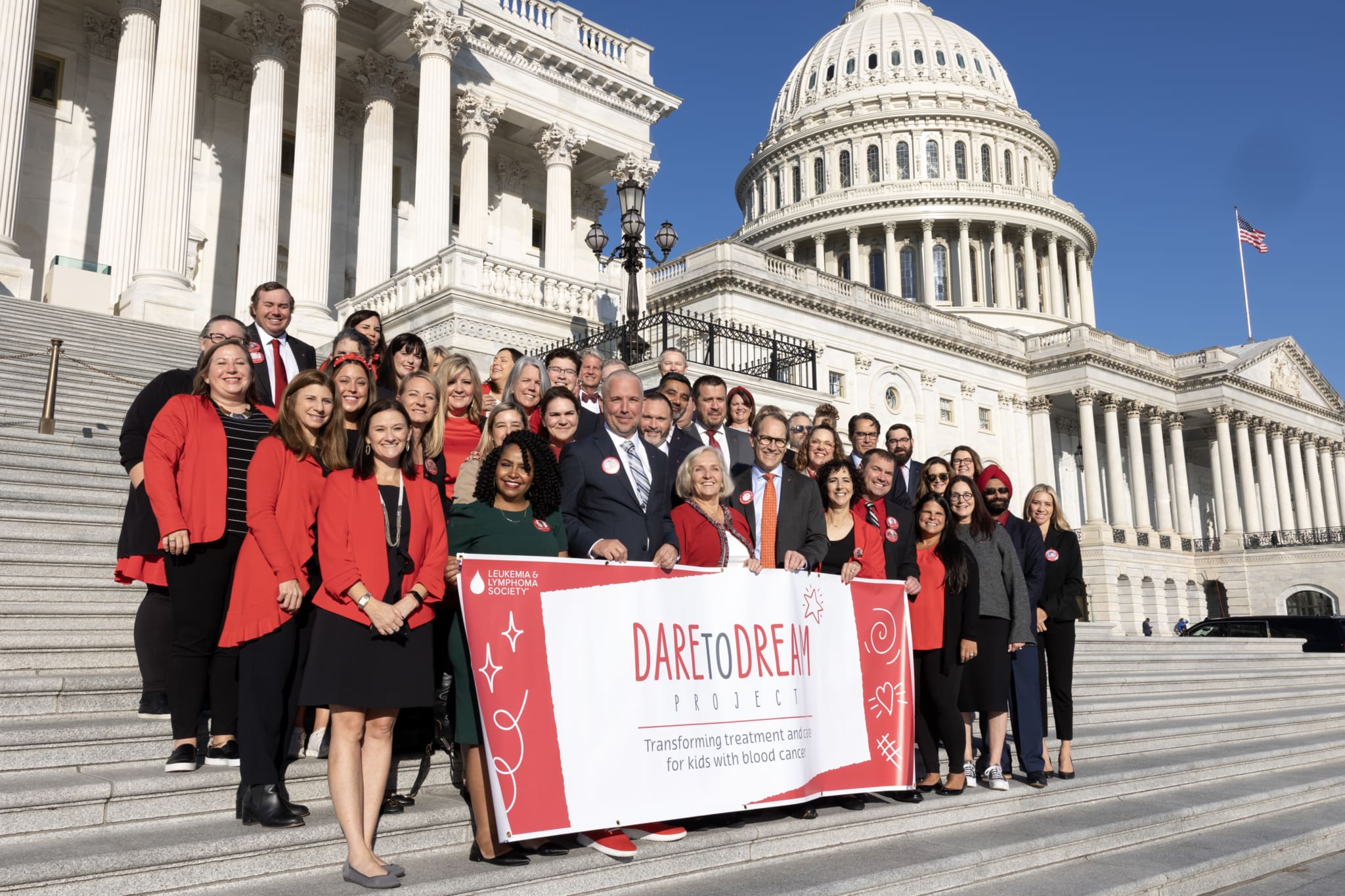By Cath Thompson, Brenna Stroup, and Jessica Mason
This post is the third in a series that shares lessons Independent Sector learned through our 2016 initiative to address power dynamics in the charitable sector.
The first learning of our power dynamics journey – that organizations varied significantly more than expected in their understanding and willingness to engage with power dynamics – relates closely to a second lesson learned: the importance of clear audience and content segmentation to meet the real needs of specific users within the charitable community.
When facing the challenge of tackling the power dynamic, it was easy to lean toward overarching solutions that held the promise of making significant change across an entire field. As an infrastructure organization, Independent Sector often takes on large-scale issues and works toward solutions that will be useful across the charitable sector. This broad approach served us well in our initial phases of inquiry, allowing us to learn from examples of model partnerships representing diverse relationships and to build a general framework for understanding.
However, when we began to design and test prototypes of possible solutions, we realized that our ambitious target audience (“the sector”) was not focused nor strategic enough for us to effectively meet the needs of those who would actually use them. The two solutions we developed (ImpactMatch and Social Impact Camp) targeted all sector organizations as potential users. As we learned, despite the allure of a sector-wide solution, the most effective solutions will resonate with a specific type of user’s individual experience.
In Can We Agree That Power Dynamics Are an Issue?—our previous post chronicling takeaways from our power dynamic initiative—we explain the variation we observed in organizations’ readiness to engage with the power dynamic. If we had considered this earlier in the design process, we could have developed solutions for specific audiences, based on their level of readiness: some addressing the internal “pre-requisites” to begin deep work on the power dynamic (organizational self-awareness, self-reflection, risk tolerance, and transparency), and some, similar to Social Impact Camp and ImpactMatch, that build on a foundation of understanding and awareness.
We also heard critical feedback about bringing together foundations and nonprofits to mutually develop their relationships, as opposed to tailoring solutions to work with each separately. This suggests that further segmentation between funders and nonprofits might be a pre-requisite to building skills and competencies before both sides come together to address the dynamic.
The human-centered design process revolves around the end-user. While we were user-centric in our design and testing, our ambition for developing solutions that could potentially ‘change the sector’ clouded our ability to remain focused and start small — digging deeply into a solution for one user segment before expanding to additional parts of the sector. We see similar approaches to sector challenges all the time – “one-size-fits-all” solutions for improving diversity, collaboration, fundraising, or organizational culture. We could have mitigated this bias by adjusting our original problem frame to consider a question like, ‘How might we best enable nonprofit organizations of varying characteristics to build and sustain transformative relationships with funders?’
We all want to move the needle and change the field, but we learned that we can do that more effectively by taking little leaps of logic instead of big leaps of faith – and remaining focused and strategic about who we’re designing for and how we can best meet their needs.
Cath Thompson is the associate for programs and practice and Brenna Stroup is the assistant for programs and operations at Independent Sector. Jessica Mason is founder and principal at The Social Impact Studio.



